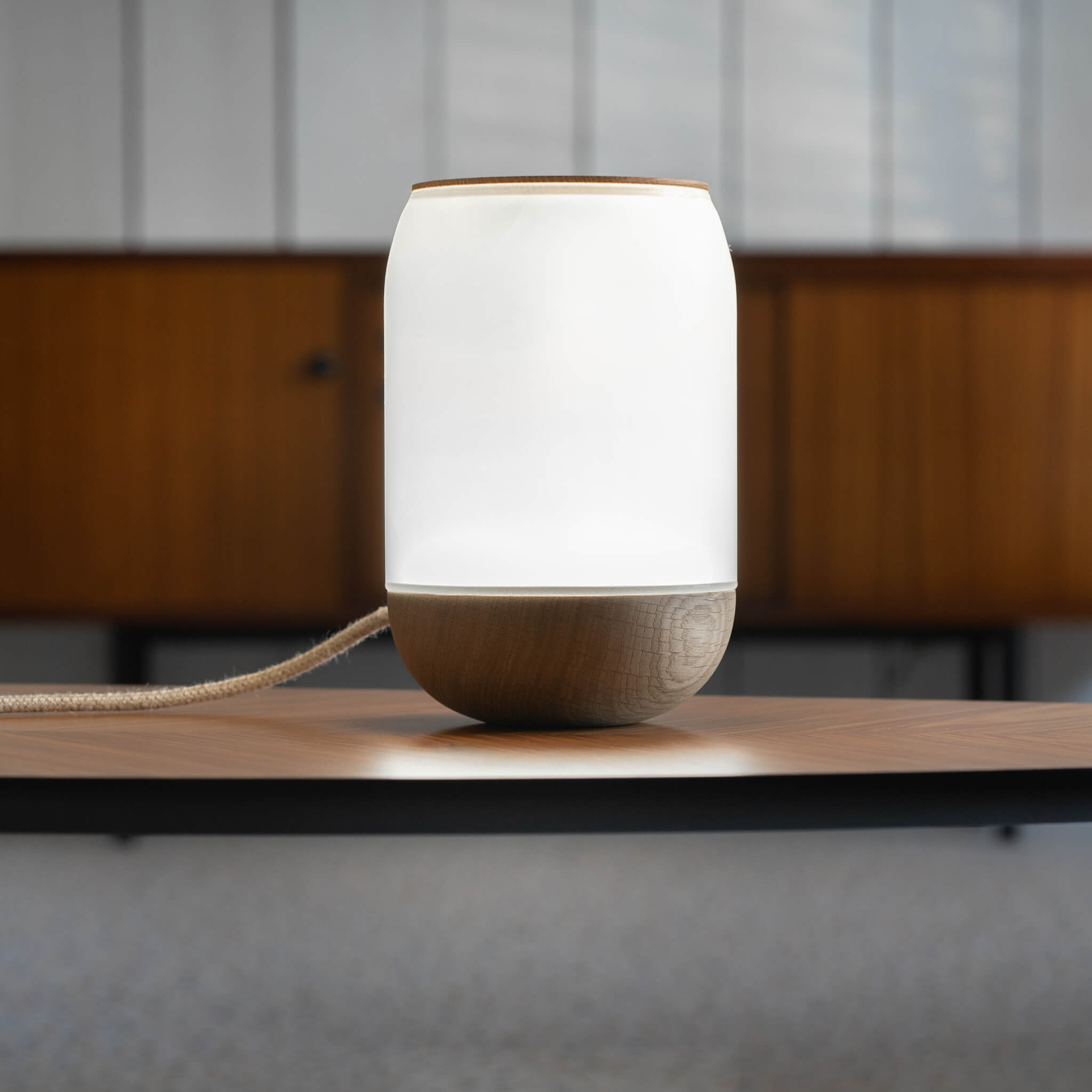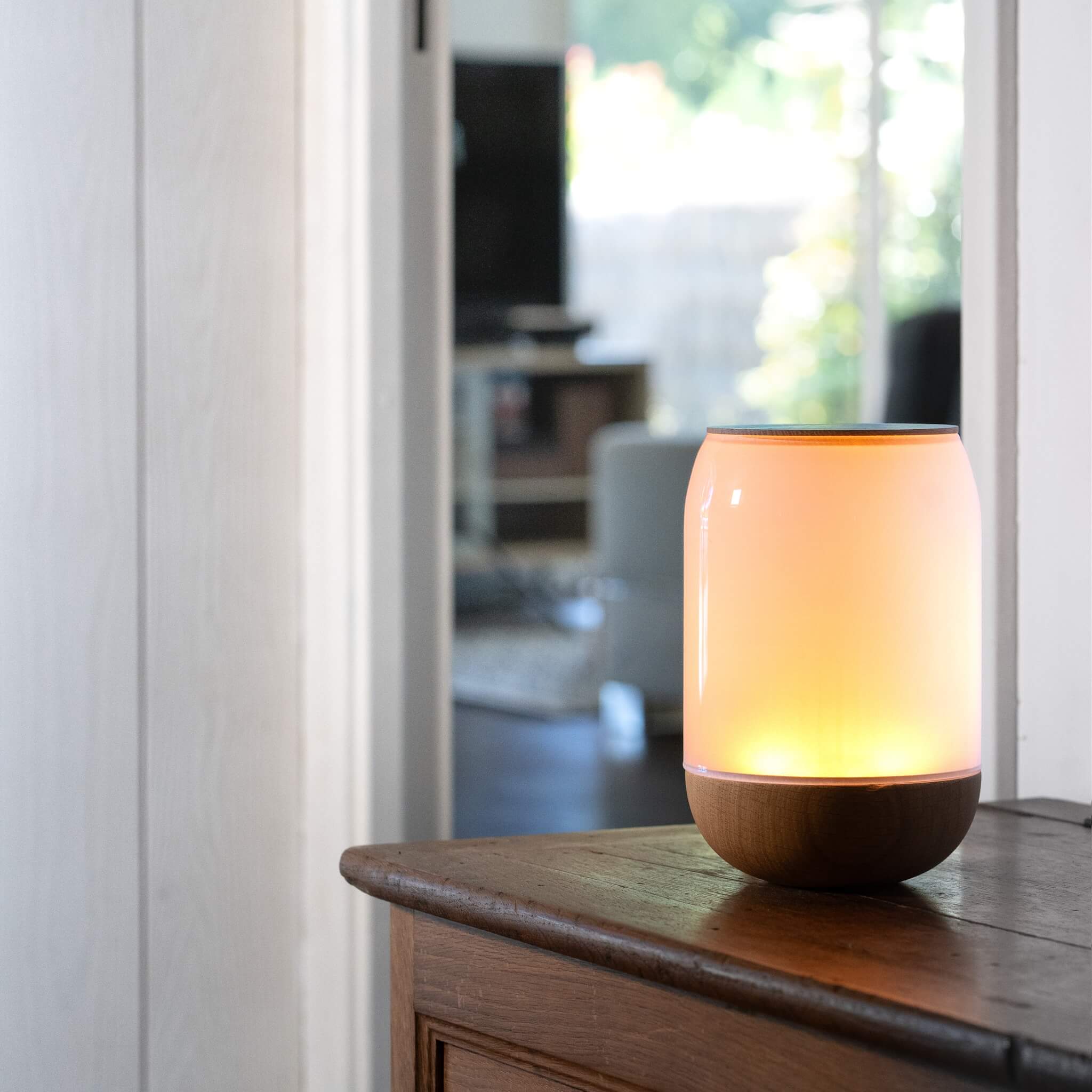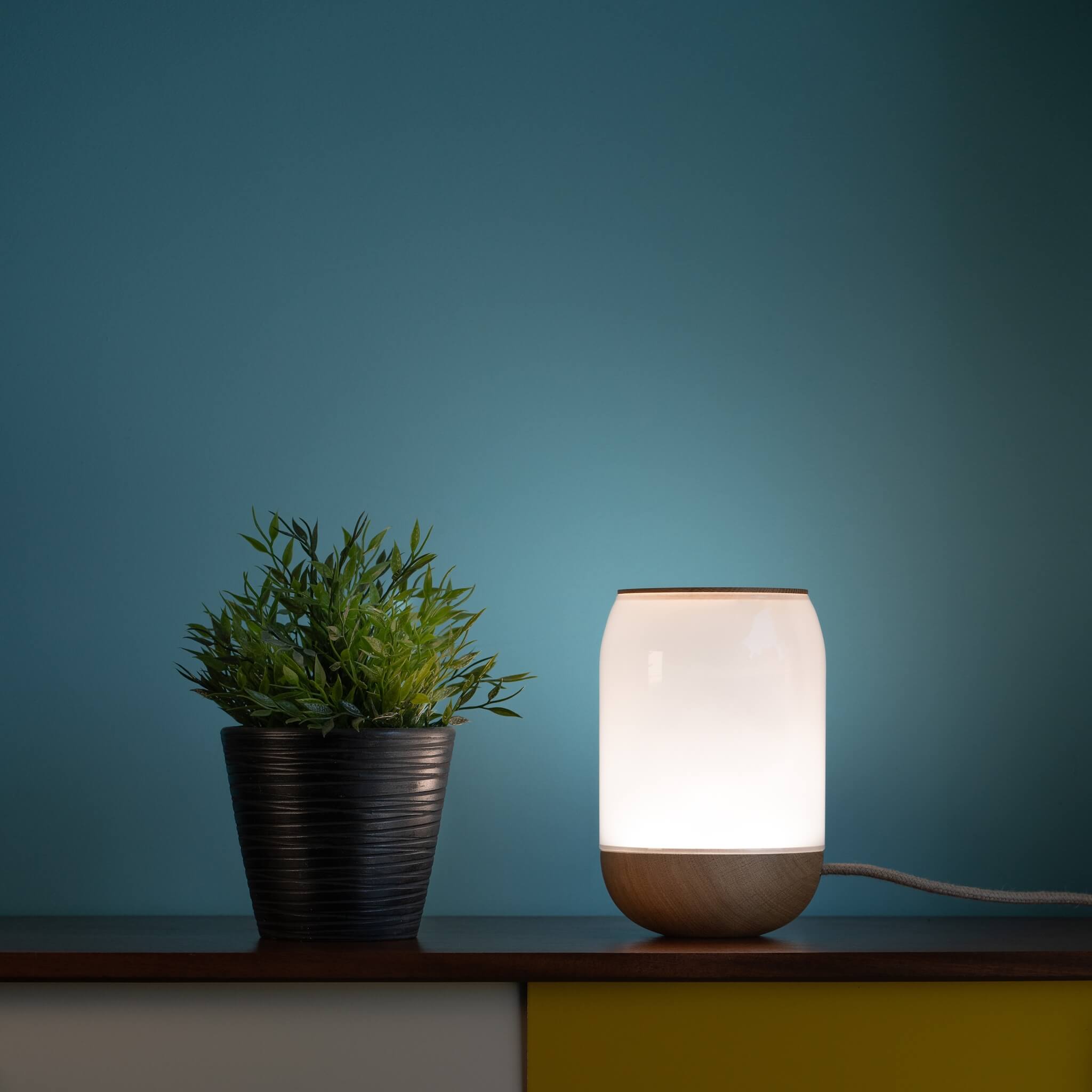Light therapy is becoming increasingly popular for treating a wide range of health conditions, but it is important to know the potential dangers associated with this approach. In this article, we'll tell you everything you need to know about the risks of light therapy.
Although light therapy can be beneficial for people with seasonal affective disorder, depression, or sleep disorders, there are precautions you should consider before starting this treatment. For example, excessive exposure to light can affect your sleep, cause headaches or nausea, or even cause serious eye damage. It is with this in mind that Arits has developed a light therapy device which is specifically adapted to healthy, balanced use and above all, without risk or constraint.
It is essential to consult a healthcare professional before beginning treatment with light therapy, to determine if it is suitable for your particular situation and to receive appropriate recommendations. In addition, it is important to correctly adjust the intensity and duration of light exposure to avoid unwanted effects.
Be well informed about the potential risks of light therapy so you can make informed decisions for your health and well-being.
Understanding the Potential Dangers of Light Therapy
Phototherapy, also known as light therapy, is a treatment method that relies on exposure to specific artificial light to improve certain health conditions. Although it may be beneficial for people suffering from seasonal affective disorder, depression or sleep disorders, it is essential to take precautions before starting this treatment.
Common side effects of light therapy
As with any medical treatment, phototherapy can cause side effects. Although these effects are generally temporary and not serious, it is important to be aware of them in order to take the necessary precautions. Common side effects of phototherapy include trouble sleeping, headache, nausea, and feeling tired.
Risks and Precautions of Using Light Therapy
Although phototherapy can be safe and effective when used correctly, there are potential risks if it is used incorrectly or overused. For example, excessive exposure to light can disrupt your sleep, cause headaches or nausea, or even lead to serious eye damage. It is therefore essential to follow proper precautions while using phototherapy. Of course, it is important to emphasize that light therapy, like any other form of treatment, should be used judiciously and following specific guidelines to minimize risks. However, at Arits we have taken extra steps to ensure that our lamps are as safe as they are effective. Our light therapy lamps are designed with built-in safety features, such as timers and a specific selection of LEDs that eliminate UV rays, reducing the risk of eye damage.
Potential long-term effects of light therapy
Although phototherapy is generally considered safe, it is important to consider potential long-term effects. Studies are underway to evaluate the long-term effects of exposure to artificial light, particularly exposure to ultraviolet rays. It is therefore recommended to consult a healthcare professional before starting phototherapy treatment to discuss potential long-term risks. We provide comprehensive educational resources with every product, including information on best practices for safe and effective use. Our goal is to equip you with the knowledge to use our lamps responsibly.
Our lamps comply with international safety standards and are regularly tested to ensure compliance with health and safety guidelines. This includes tests to assess the long-term effects of exposure to artificial light. In short, the safety and well-being of our customers are our top priority. At Arits, we strive to provide products that not only improve your quality of life but do so in a safe and informed manner.
Safety instructions for using light therapy devices
When using phototherapy equipment, it is important to follow the safety instructions provided by the manufacturer. These instructions may include recommendations for exposure time, light intensity, and how far you should be from the light source. It is essential to follow these instructions to minimize potential risks. Our light therapy lamps are designed to offer a personalized experience, which includes optimal exposure times in accordance with the sun's cycle, while respecting safety limits.
Light intensity is another key factor in the effectiveness of phototherapy. Our lamps feature variable intensity settings, allowing you to choose the level that suits you best. Instead of standing in front of a bright light, we prefer exposure time with a pleasant light source. The light intensity of LEDs is relatively aggressive and powerful so instead of having a bright light, prefer a longer and more pleasant exposure.
Conclusion and final thoughts
Phototherapy can be an effective method for treating certain health conditions, but it is important to know the potential dangers associated with this approach. By following proper precautions and consulting a healthcare professional, you can minimize the risks and maximize the benefits of phototherapy. Remember to consider the alternatives available and make informed choices for your health and well-being.
Take care of yourself and stay informed about the potential risks of phototherapy so you can make informed decisions for your health and well-being.
















Leave a comment
All comments are moderated before being published.
This site is protected by hCaptcha and the hCaptcha Privacy Policy and Terms of Service apply.